How to Fix Monitor not Displaying Fullscreen on Windows?
When your monitor is not displaying full screen on Windows, it usually results in black bars appearing on the sides of your screen or the display not stretching to the monitor’s edges. This issue usually occurs due to incorrect video adapter drivers or misconfigured display settings.
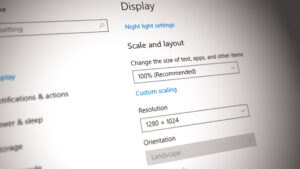
It is well-known that games not going full-screen is a common issue on Windows 10. However, in this scenario, the desktop is also affected and does not go into full-screen mode. If black bars are present on the desktop, they are likely to appear when playing games as well.
The most common cause is outdated or incompatible graphics drivers, but other reasons include incorrect monitor settings or resolution settings within Windows. Making sure your drivers are up to date and correctly configuring display settings are essential steps in troubleshooting this problem.
What Causes the Monitor not to Display Fullscreen on Windows 10?
The problem primarily comes from the following factors:
- Video adapter drivers: The video adapter is important for your system’s display. Occasionally, following a fresh install of Windows or after certain updates, drivers may not function properly, leading to issues.
- Display settings: At times, Windows updates can change your display settings, which might result in black bars on the sides of your monitor.
1. Change Display Settings
Your operating system’s limits for how visuals are projected onto your screen are authorized by these settings. By making sure that scaling is set to 100% and experimenting with various resolutions, you’re effectively commanding your monitor to utilize every inch of its surface area for your content, thereby promoting a fullscreen experience without any unwarranted issues.
- Navigate to your Desktop, right-click and select Display settings.
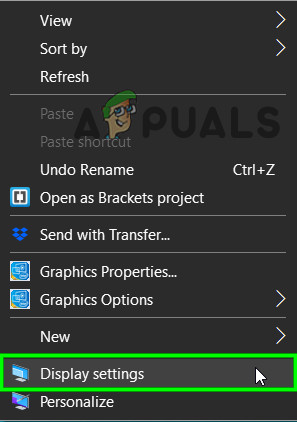
Open Display Settings - Make sure your scaling is set to 100%. If you are using an older version of Windows 10, a slider should be visible at the top of the Display panel. Confirm that it is set to 100%.
- For those using the latest version of Windows 10, you should see a drop-down list under Scale and layout. It also needs to be set to 100%.
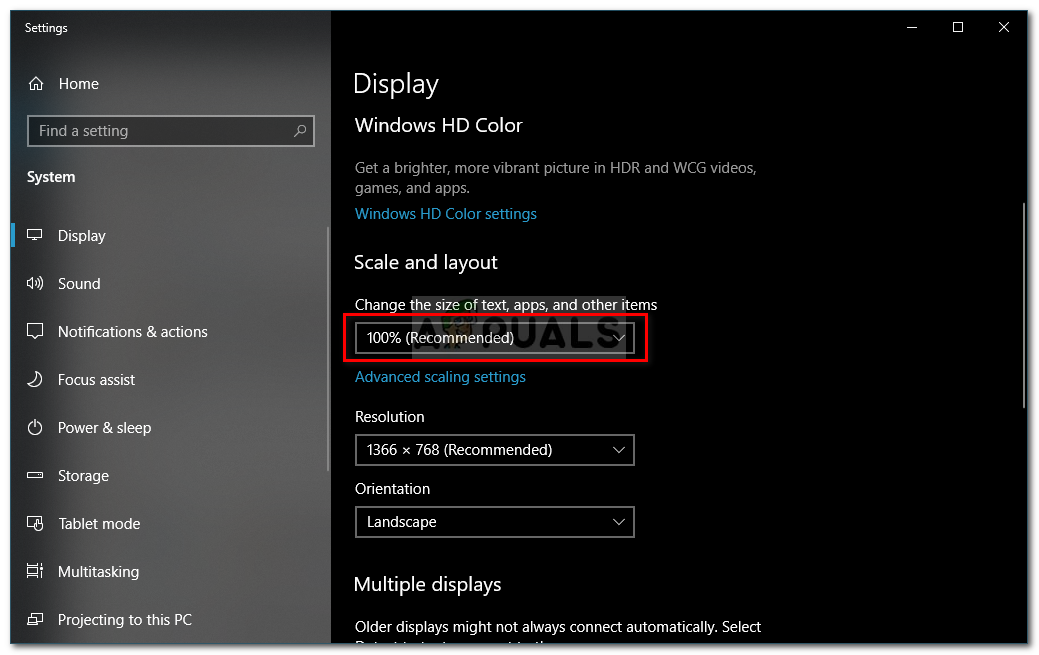
Changing the Scaling - After adjusting the scaling, access the drop-down menu under Resolution and modify the resolution to determine if that resolves the issue.
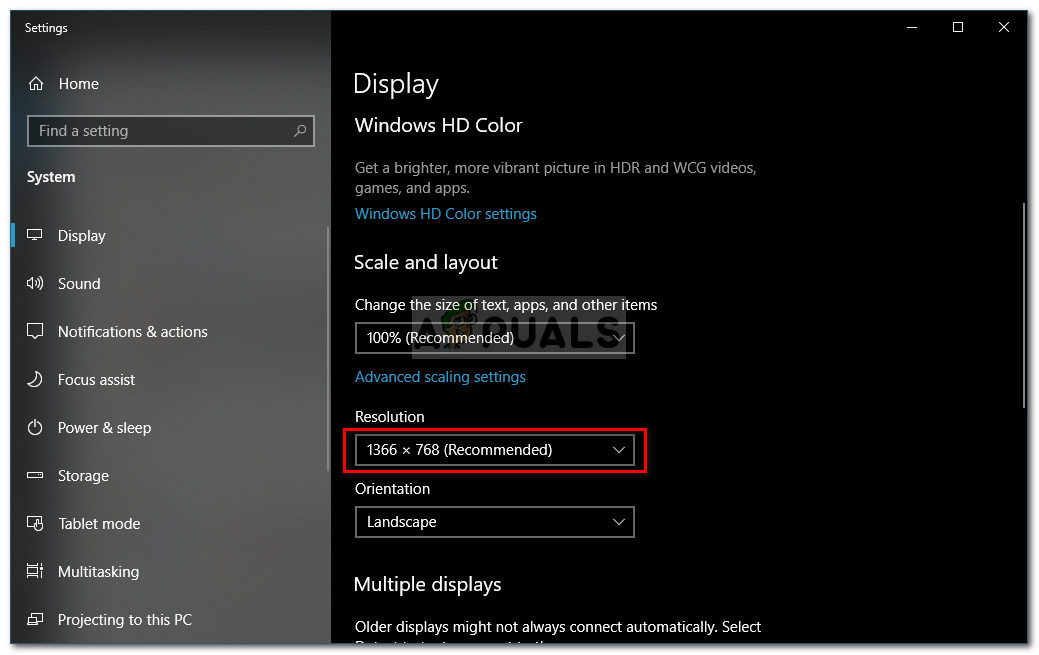
Changing the Resolution - If you are on an older version of Windows, select Advanced Display settings and adjust the Resolution from there.
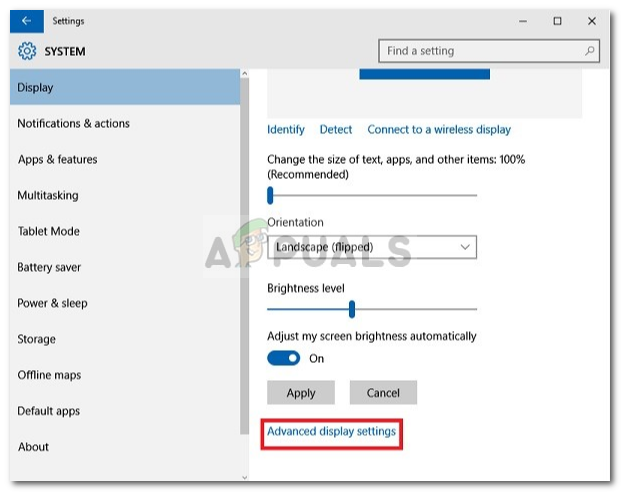
Display Settings – Windows 10
Furthermore, if a TV serves as your monitor, try adjusting the Aspect ratio of your TV to Screen Fit or Full 100% through the TV settings.
2. Reinstall Your Video Adapter Driver
Reinstalling your video adapter driver removes any corrupted or outdated driver files that may be causing display issues. When the driver is cleanly installed, it allows the hardware to communicate effectively with the operating system, potentially resolving any glitches like the black bars and restoring full-screen display capabilities.
- Open the Start Menu, search for Device Manager, and open it.
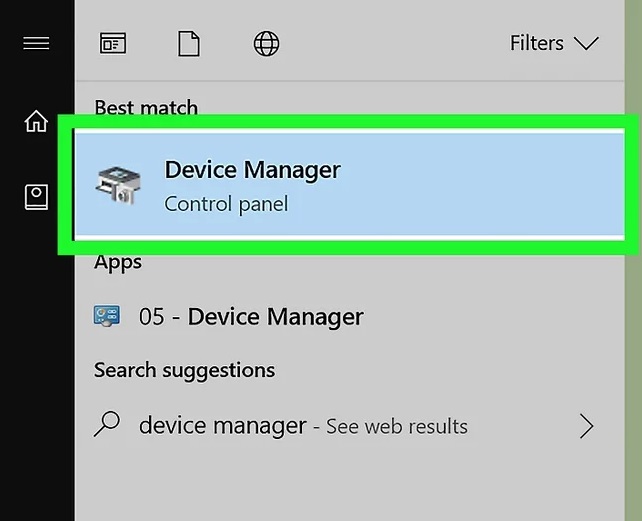
Device Manager In Windows Search Box - Locate and expand the Display adapters section.
- Right-click on your display adapter and select Uninstall device.
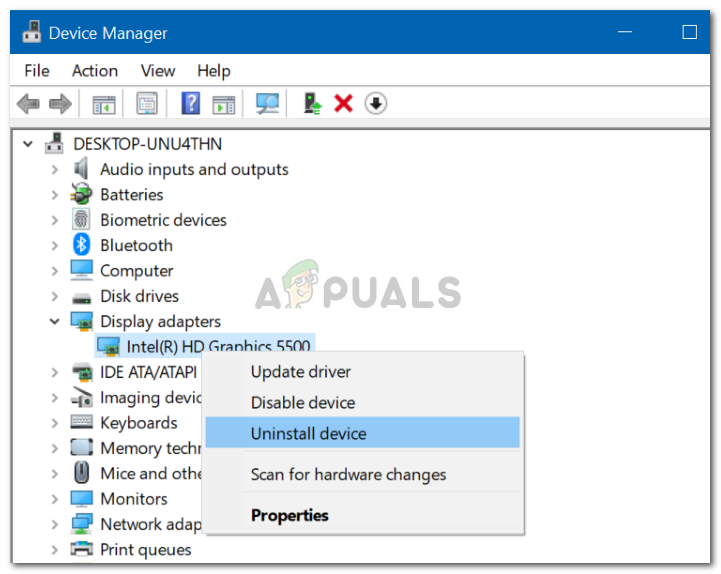
Uninstalling Video Adapter Driver - Once uninstalled, restart your system to allow Windows to reinstall the driver automatically.
- Verify if the fullscreen issue is resolved.
3. Manually Install Video Adapter Driver
When your operating system’s automatic driver update doesn’t sync perfectly with the latest changes from the manufacturer, it could leave you with compatibility issues, such as improper full-screen display behavior.
By heading directly to the manufacturer’s website, you’re making sure that the very latest drivers – made specifically for your graphics card – are installed. This can re-establish smooth communication between your system and hardware.
- Reopen the Device Manager.
- Expand the Display adapters section again.
- Right-click the video adapter driver and choose Uninstall device.

Uninstalling Video Adapter Driver - Navigate to your video card manufacturer’s website and download the latest driver.
- Install the downloaded driver and restart your computer.
- Check to see if the fullscreen functionality is restored.
4. Change Settings in Games or NVIDIA Control Panel
Within these settings, you have the option to specify display preferences for individual applications. For instance, you can directly force a game to run in fullscreen mode, bypassing any default configurations that might be restricting it.
Similarly, the NVIDIA Control Panel allows for global or per-program customization of graphics settings, which includes display scaling and resolution—ensuring that your games or apps utilize the full screen without black bars. By adjusting these settings, you encourage a match between your monitor’s capabilities and your software’s display requirements, effectively removing the barrier to a full-screen experience.
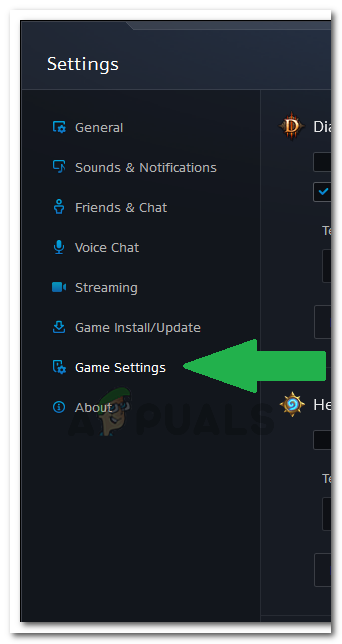
Go into the settings of the application or game to make sure fullscreen mode is enabled. Additionally, if your computer has a dedicated graphics card, examine the settings provided by that card as well.
Note: For those using a TV as a monitor, it might be worthwhile turning off Overscan.
5. Disable Game Modes
Game modes are features or programs designed to take control of the graphics hardware and operating system to improve game performance and playability. However, they can sometimes interfere with fullscreen functionality when they’re not activated.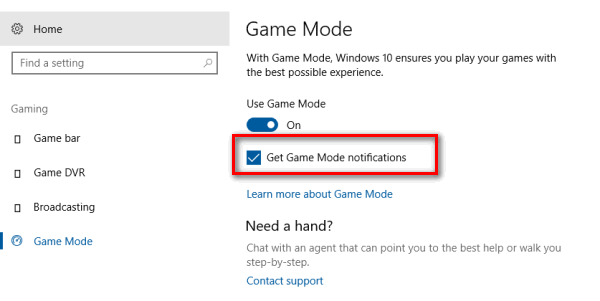
In this situation, try disabling any active game modes or optimizers. You could also uninstall them through the application wizard. Afterward, restart the application that wasn’t running in fullscreen and check if the issue is fixed. Additionally, you can verify running applications via the task manager (press Windows + R and type taskmgr).




